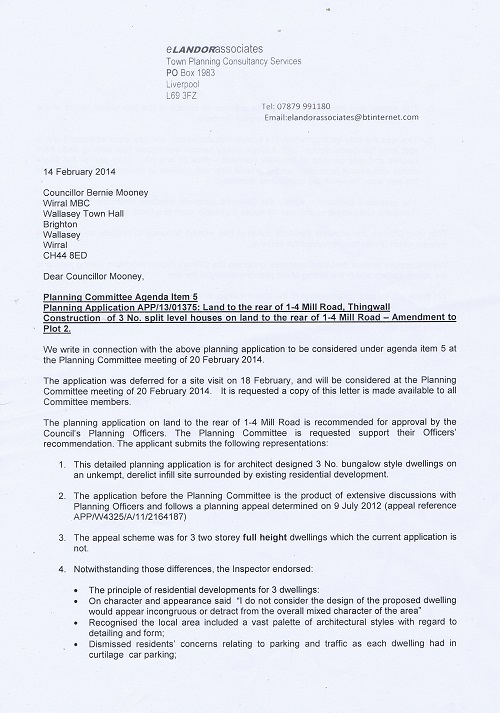What does 1 lighthouse, 1 salt barn, Tesco and a new college have in common?

Please accept YouTube cookies to play this video. By accepting you will be accessing content from YouTube, a service provided by an external third party.
If you accept this notice, your choice will be saved and the page will refresh.
Video of Bidston Lighthouse, Wilding Way, Bidston Hill 14th August 2014 Listed Building Consent LBC/14/00584
Four planning applications have recently been decided by Wirral Council officers in the Bidston & St. James ward. I live in the general area of the second planning application for Bidston Lighthouse, so in the interests of openness will state that as an interest at the start.
One is from Wirral Council (to itself) for erection of a salt barn, fence, camera domes, entrance and exit gates etc in Cleveland Street.
The second is to put an antenna on Bidston Lighthouse, Wilding Way, Bidston Hill for use by 7 Waves Community Radio.
The third is to build a new college on land next to Tower Road, Birkenhead.
The last is an advertisement consent for the Tesco Superstore, Bidston Link Road, Bidston.
All four applications have been approved by planning officers and further details for each one is below. The application number for each is linked to further details for each application on Wirral Council’s website should you like to find out more.
Application No.: DPP3/14/00492
Application Type: Work for Council by Council
Decision Level: Delegated
Ward: Bidston and St James
Decision Date: 17/07/2014
Decision: Approve
Case Officer: Mr K Spilsbury
Applicant:
Agent: WIRRAL COUNCIL
Location: Garage Depot, 250 CLEVELAND STREET, BIRKENHEAD, CH41 3QL
Proposal: Erection of a salt barn, 2.4m high steel palisade fence, 2 new camera domes and associated equipment, new entrance and exit gates and new access off Vittoria Street.
==============================================
Application No.: LBC/14/00584
Application Type: Listed Building Consent
Decision Level: Delegated
Ward: Bidston and St James
Decision Date: 14/07/2014
Decision: Approve
Case Officer: Mr M Crook
Applicant: Dr Stephen Pickles
Agent: 7 Waves Community Radio Ltd
Location: Bidston Lighthouse, WILDING WAY, BIDSTON, CH43 7RA
Proposal: Erection of a Radio Antenna to the outside of Bidston Lighthouse.
===============================================
Application No.: APP/14/00629
Application Type: Delegated
Decision Level: Full Planning Permission
Ward: Bidston and St James
Decision Date: 08/08/2014 Decision: Approve
Case Officer: Ms J Storey
Applicant:
Agent: Turley
Location: Land Adjacent to TOWER ROAD, BIRKENHEAD, CH41 1FN
Proposal: Erection of new college facility and associated works, including new accesses and hard and soft landscaping and other works
===============================================
Application No.: ADV/14/00801
Application Type: Advertisement Consent
Decision Level: Delegated
Ward: Bidston and St James
Decision Date: 07/08/2014 Decision: Approve
Case Officer: Mr N Williams
Applicant:
Agent: Smith Smalley Architects
Location: Superstore, Tesco Superstore, BIDSTON LINK ROAD, BIDSTON, CH43 7AA
Proposal: Additional signs and amended signs to approved application ADV/14/00139
===============================================
If you click on any of the buttons below, you’ll be doing me a favour by sharing this article with other people.

